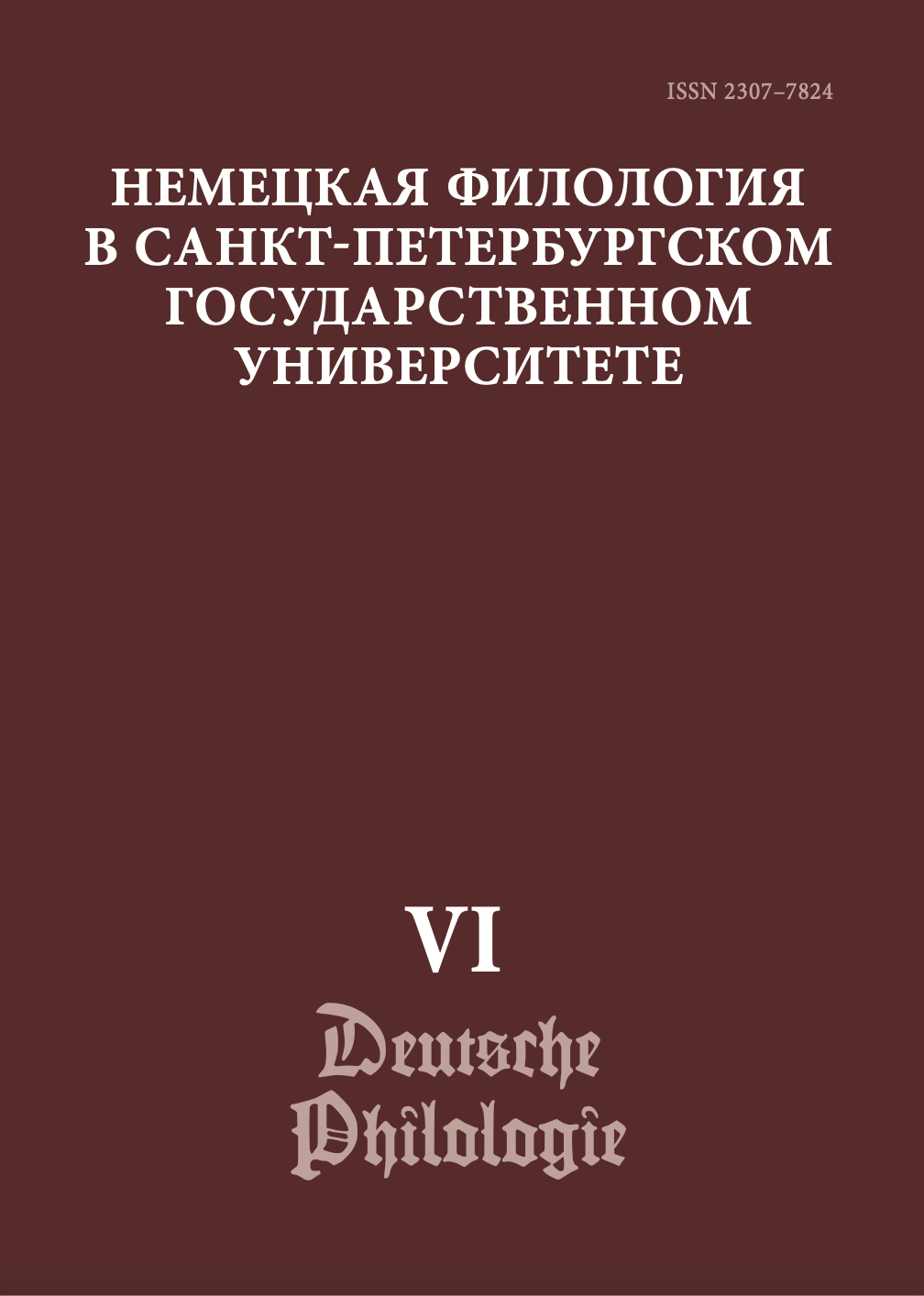SPECIFICS OF THE INTERTEXTUALITY IN THE GERMAN TEXTS OF THE 16TH CENTURY
Abstract
Intertextuality is one of the peculiarities of the texts of the 16th century. The title page plays a particular important role from the aspect of the intertextuality as is presents the title, the name of the author, short summary of the book as well as the forewords and dedications. Intertextuality as a phenomenon and a characteristic of a text structure is described in this article first as a manifestation of the external connections of the text and its dynamics in the history of German language and on the other hand as a sustainable peculiarity of the texts in the analyzed period, which defines its typological text characteristics. We also analyze the functional specifics of the intertextual markers, defining the genre affiliation and its connection with the other texts.
Keywords:
intertextuality, intertextual markers, external connections of the text, linguocultural space, communicative process, dialogical interaction
Downloads
References
Литература
References
Downloads
Published
How to Cite
Issue
Section
License
Условия передачи авторских прав на статьи и рецензии, опубликованные в ежегодном периодическом издании «Немецкая филология» регулируются условиями Лицензионного Договора автора с Санкт-Петербургским государственным университетом. В соответствии с Лицензионным Договором опубликованные материалы находятся в открытом доступе, а авторам бесплатно предоставляется неограниченные возможности их распространения и самостоятельного архивирования.




